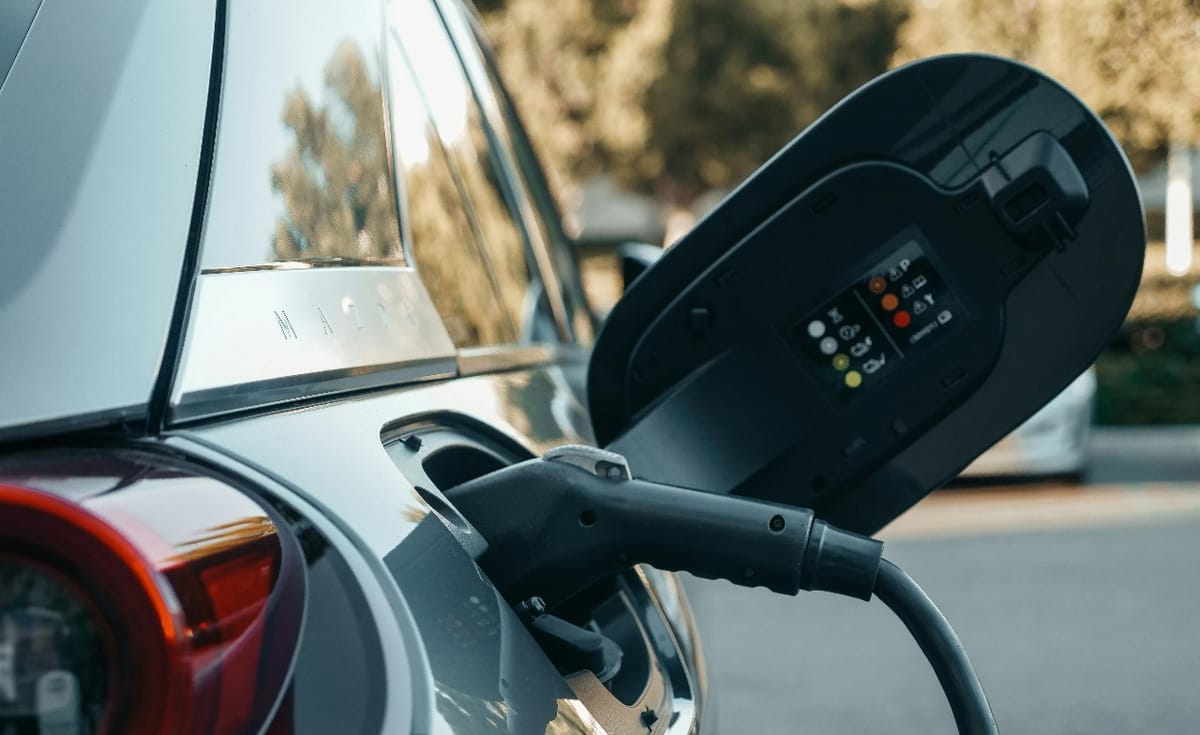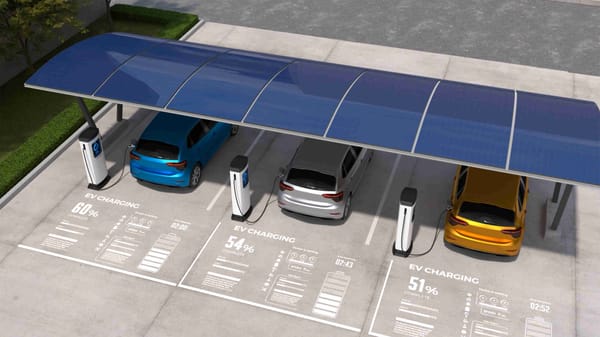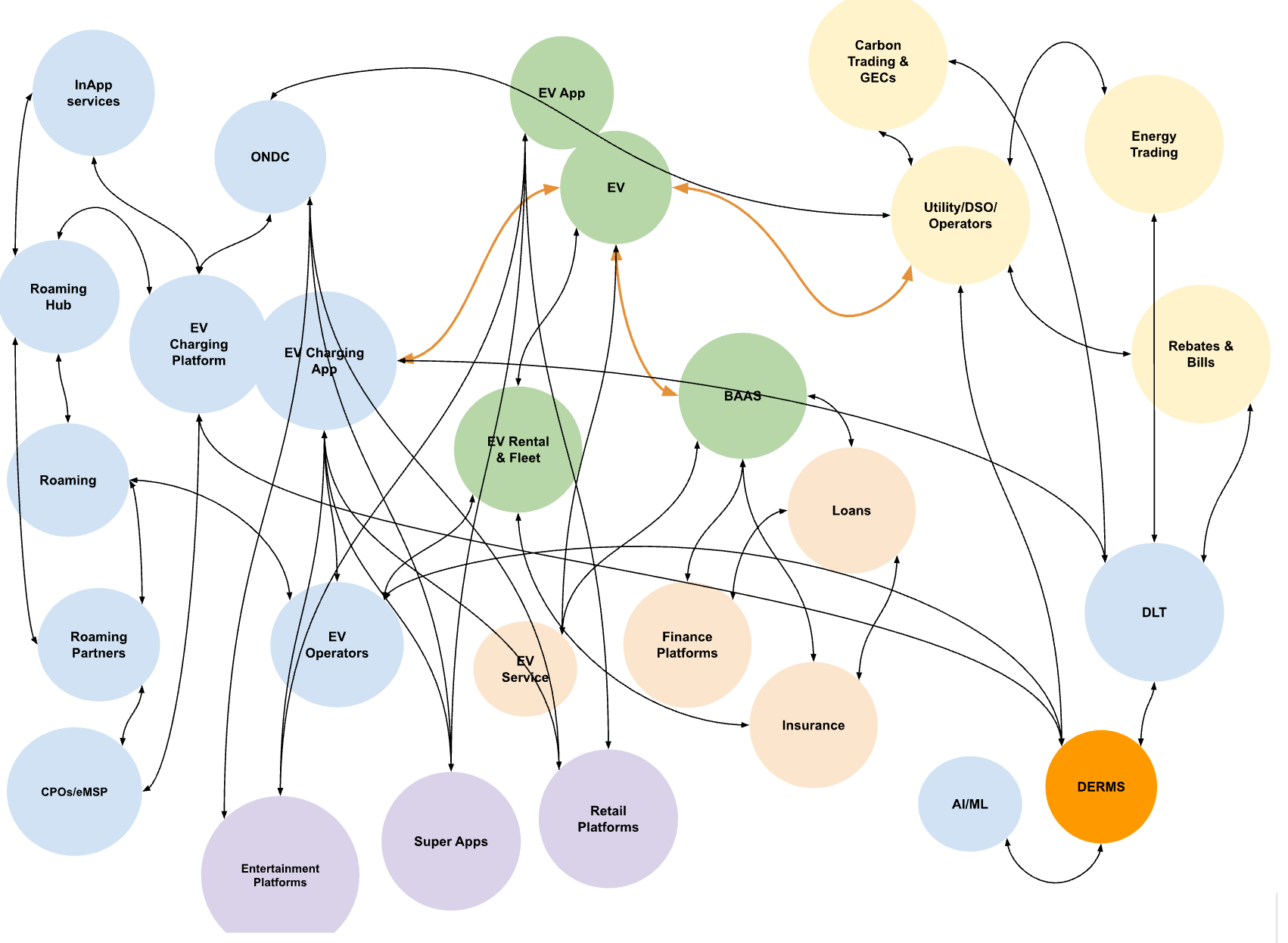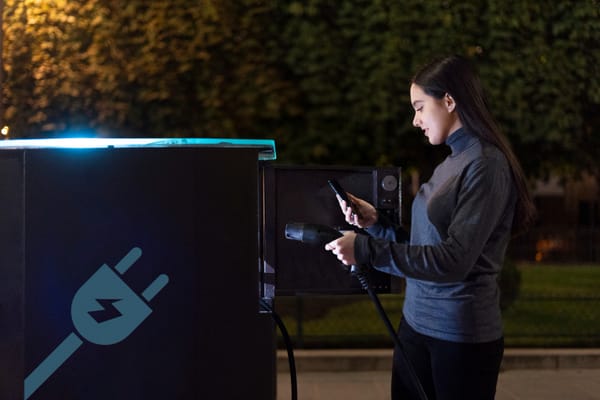Action Plan to Bring EV Charging to Your Workplace

1. Create Awareness Among Employees
A significant barrier to adopting electric vehicles is a lack of awareness. To make workplace charging a success, employers must first educate their employees about the benefits of EVs. This can be done through staff meetings, webinars, or informational sessions that focus on:
● The environmental benefits of electric vehicles.
● Total cost of ownership (TCO) comparison between Electric Vehicles (EV) and traditional Internal Combustion engine (ICE) vehicles. A TCO evaluator tool can be helpful.
● Government incentives available for purchasing EVs.
● Public charging infrastructure in surrounding areas.
2. Assess the Need for EV Charging at Your Company
Understanding employee demand for EV chargers is essential. Conducting an employee survey will provide insights into how many employees already own or plan to purchase EVs. This survey should help determine:
● The number of EVs that would need charging.
● The specific EV models in use and their charging requirements.
● Potential future demand for EV chargers as more employees transition to electric vehicles.
Additionally, employers should consider the charging needs for their own EV fleet (if applicable), as well as potential external EVs (visitors, clients, etc.).
Even if current demand is low, we recommend employers install EV chargers to support the future transition, aiming for at least 25% of employees to adopt EVs.
3. Select the Right EV Chargers
Choosing the appropriate EV charger type depends on several factors:
3.1 Demand for Charging
If employee interest is low, AC chargers may be a cost-effective choice for a trial run. However, for high demand and fast charging needs, DC chargers should be considered.
3.2 EV Models
Different EV models require varying charging capacities. It's crucial to assess current and potential future models and install a mix of AC and DC chargers to accommodate all requirements.
3.3 Cost Considerations
AC chargers are generally less expensive and suitable for lower demand. DC chargers are more expensive but ideal for high-demand, fast-charging scenarios. See section 3.6 for detailed cost breakdowns.
3.4 Commuting Distance of Employees
For employees with long commutes or fleets in constant use, fast DC chargers may be necessary. Otherwise, AC chargers should suffice for vehicles parked throughout the workday.
3.5 Sanctioned Electricity Load
In most cases, AC chargers can be supported by the existing power load. However, DC chargers may require an increase in the sanctioned load, which should be discussed with the DISCOM (distribution company).
4. EV Charger Types
In India, EV chargers are categorized into AC chargers and DC chargers. Both have distinct characteristics, installation requirements, costs, and charging speeds. Below is a breakdown of each type:
4.1 AC Chargers
AC chargers supply alternating current (AC) to the vehicle’s onboard charger, which converts it to direct current (DC) for battery charging. AC chargers are generally slower, but they are cost-effective and ideal for vehicles parked for long durations.
● Normal AC Charging: Uses a simple 15 Amp plug, but is not recommended due to safety concerns and the lack of smart billing features.
● LEV AC Chargers: Low-cost chargers compatible with single-phase connections, ideal for basic charging needs.
● Bharat AC Chargers: The most common AC charger in India, supporting three vehicles at once (3x3.3 kW). They are cost-effective (~₹50,000) and widely used for 2-wheelers and 4-wheelers.
● Fast AC Charging (Type 2): Higher capacity chargers (7.7 kW to 22 kW), suitable for newer EV models that support faster AC charging. These chargers cost around ₹1,25,000.
4.2 DC Chargers
DC chargers supply direct current (DC) directly to the vehicle’s battery, bypassing the onboard charger. These are fast but more expensive and typically require higher power loads.
● Low Voltage DC Charging: Expected to become more popular in the future, offering a low-cost DC charging solution.
● Level 1 DC Chargers: Best suited for early-generation EVs like Tata e-Tigor and Mahindra e-Verito. These chargers typically cost around ₹2,50,000.
● Level 2 DC Chargers: High-capacity chargers (25 kW to 150 kW), supporting the CCS standard used globally. These are expensive, costing over ₹10,00,000, but ideal for fast-charging multiple vehicles.
5. Determine the Quantity of EV Chargers
It's crucial to balance the number of installed chargers. Too many chargers inflate costs, while too few create access and scheduling issues. Use the employee survey to estimate current and future demand.
Employers should also keep in mind that fast charging depletes battery life if used too frequently. A combination of AC and DC chargers is recommended to maximize battery longevity, with fast charging limited to 30% of the time.
6. Identify Optimal Site for Charging Stations
Selecting the right location for EV chargers is important to minimize costs and maximize usability. Consider the following:
● Proximity to the electrical service panel to reduce installation costs.
● Ensure the charging area is safe and accessible to all drivers.
● Use designated EV spaces with clear signage and possibly green paint to mark them.
● Pre-wire parking lots for future expansion, taking future demand into account.
7. Budgeting and Installing EVSE
Consult a professional EVSE installation company to assess the site, estimate costs, and manage the installation. Key cost components include:
● EVSE unit: AC chargers range from ₹4,000 to ₹1,50,000, and DC chargers from ₹2,50,000 to ₹15,00,000.
● Electricity connection: A new connection may be required if the extra EV load exceeds the current power limit. Costs include security deposits, transformer installations, and meter setup.
● Civil work: This includes the foundation for DC chargers, installation of sheds for protection, and other site-specific expenses like painting and signage.
8. Ongoing Maintenance of EVSE
Employers can choose to maintain chargers themselves or sign a maintenance contract with the vendor.
Key considerations for maintenance:
● DC chargers require more upkeep due to additional components like cooling systems and filters.
● Networked charging stations can notify the user of faults, while non-networked stations require manual inspection.
Conclusion
By following this comprehensive action plan, employers can successfully bring EV charging to their workplaces. Not only will this support employees transitioning to electric vehicles, but it will also demonstrate the company's commitment to sustainability and innovation.
-Himanshu Bholanda (Product Manager-DC Chargers)




